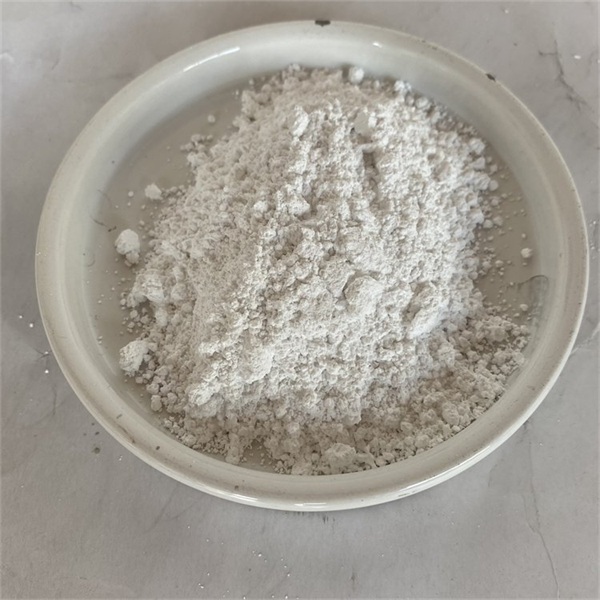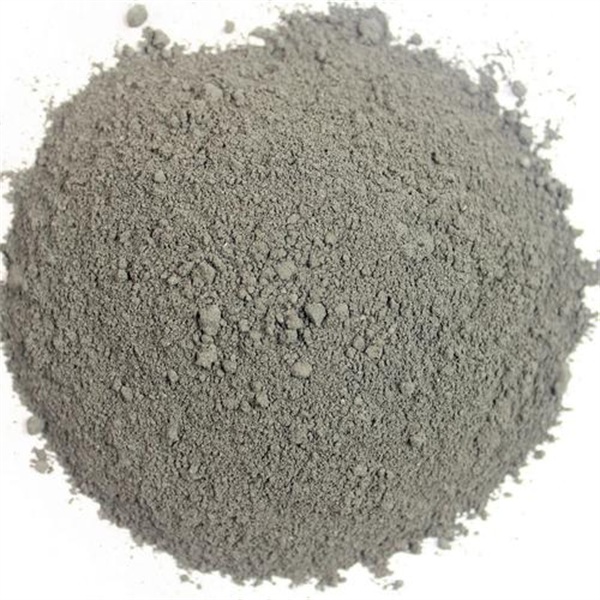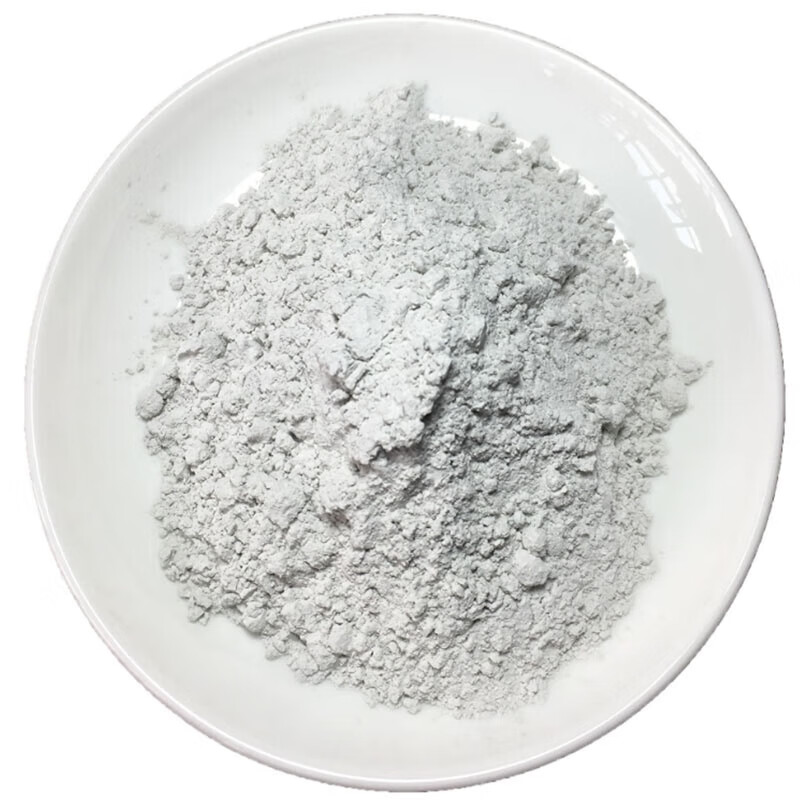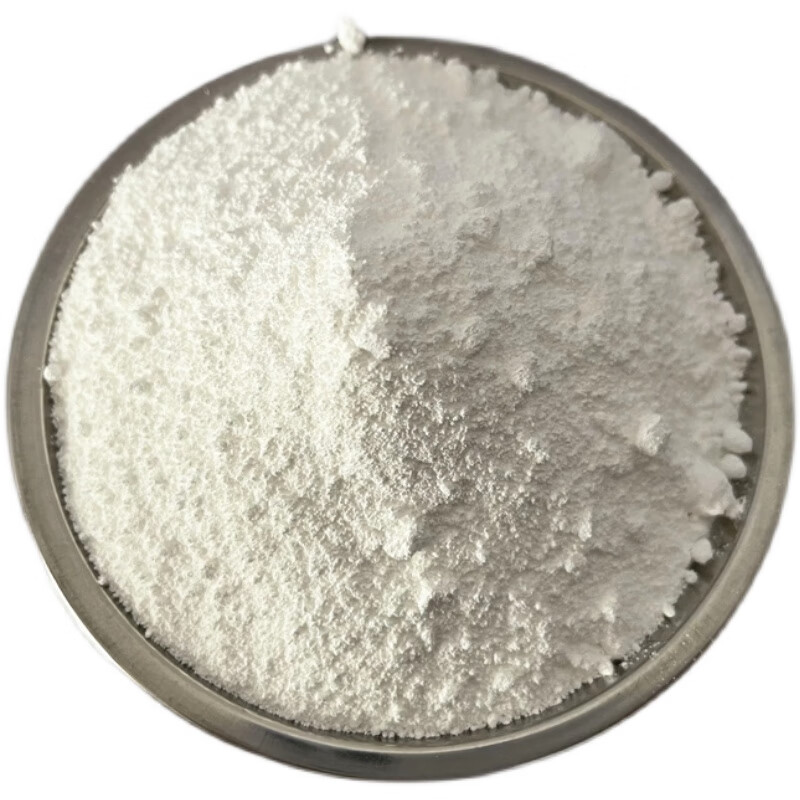What are the preparation methods of aluminum nitride powder
Aluminum nitride (AlN), as a new type of ceramic material with excellent performance, has been widely used in fields such as electronics, power, aerospace, etc. due to its high thermal conductivity, good electrical insulation, low thermal expansion coefficient matched with silicon, and excellent mechanical properties. And all of these excellent performances start from their source – high-quality nitride aluminum powder.

The main preparation methods of aluminum nitride powder
There are various methods for preparing aluminum nitride powder, mainly including direct nitridation, carbon thermal reduction, self propagating high-temperature synthesis, and chemical vapor deposition. The powders produced by different methods have their own advantages and disadvantages in terms of purity, particle size, morphology, and cost.
- Direct nitriding method
Principle: High purity aluminum powder is directly reacted with nitrogen or ammonia at high temperatures (800~1500 ° C) to form aluminum nitride.
Reaction equation: 2Al+N ₂ → 2AlN
Advantages: Simple process, easy availability of raw materials, relatively low cost, suitable for industrial large-scale production.
Disadvantages: The reaction is a strong exothermic reaction that is difficult to control and can easily cause aluminum powder to melt and agglomerate, resulting in a wide particle size distribution and severe agglomeration of the product. It requires long-term crushing and grinding, which may introduce impurities. - Carbon thermal reduction method
Principle: Using aluminum oxide (Al ₂ O3) and carbon powder (C) as raw materials, aluminum nitride is prepared by carbon reduction of aluminum oxide and simultaneous nitridation in a high-temperature nitrogen atmosphere (1400-1800 ° C).
Reaction equation: Al ₂ O ∝+3C+N ₂ → 2AlN+3CO
Advantages: It can obtain spherical or quasi spherical powders with high purity, uniform particle size, and good sintering activity. It is currently the mainstream method for preparing high-performance aluminum nitride powder both domestically and internationally.
Disadvantages: High reaction temperature, high energy consumption, strict process control requirements, and removal of residual carbon are key challenges. - Self propagating high-temperature synthesis (SHS) method
Principle: Utilizing the enormous heat released by the reaction between aluminum powder and nitrogen gas, the reaction is self-sustaining in the form of a combustion wave, instantly synthesizing aluminum nitride.
Advantages: Extremely low energy consumption, fast reaction speed, and high production efficiency.
Disadvantages: The reaction process is intense, the product has many pores and low purity, and further processing is also required to obtain fine powder, making batch stability control difficult. - Chemical vapor deposition (CVD) and other advanced methods
Principle: By utilizing gaseous precursors containing aluminum and nitrogen (such as AlCl3 and NH3), gas-phase chemical reactions occur at high temperatures, resulting in the condensation of ultrafine and high-purity aluminum nitride powder on the surface or space of the substrate.
Advantages: The powder has extremely high purity, small particle size and narrow distribution, and controllable morphology.
Disadvantages: Expensive equipment, complex technology, low output, high cost, mainly used in laboratory research or fields with special requirements for powders.

Why high-quality aluminum nitride powder is crucial: applications, advantages, and solutions
Regardless of the method used, the ultimate goal is to obtain “qualified” powders that can meet downstream application needs.
Core application areas:
Electronic packaging and thermal management materials: This is the largest application market for aluminum nitride. Used for manufacturing high thermal conductivity ceramic substrates, insulation sheets, heat sinks, etc., widely used in high-power LEDs, IGBT modules, 5G RF devices, lasers, etc., responsible for quickly dissipating the heat generated by chips to ensure stable operation of equipment.
Structural ceramic components: utilizing their high hardness, corrosion resistance, and high temperature resistance to manufacture crucibles, wear-resistant parts, etc.
Composite material reinforcement phase: added as a reinforcement phase to metal, polymer or ceramic matrix to improve the thermal conductivity and mechanical properties of the matrix material.
Product advantages and problems solved:
High thermal conductivity (solving the bottleneck of heat dissipation): The theoretical value of thermal conductivity of aluminum nitride ceramics is as high as 320 W/(m · K), which is 8-10 times that of aluminum oxide. It can effectively solve the “thermal management problem” brought by the development of modern electronic devices towards miniaturization and high power.
Reliable electrical insulation (ensuring circuit safety): While efficiently dissipating heat, maintaining good electrical insulation ensures the safety and stability of the circuit system.
Matching coefficient of thermal expansion (reducing thermal stress): Its coefficient of thermal expansion (4.5 × 10 ⁻⁶/° C) is very close to that of silicon (3.5 × 10 ⁻⁶/° C), which can significantly reduce the thermal stress between the chip and the substrate and improve packaging reliability.

Customer real case (anonymous)
Background of the case: A well-known power semiconductor manufacturer was unable to further improve the power density of IGBT modules for next-generation electric vehicles due to the limited heat dissipation capacity of traditional alumina substrates.
Problem encountered: Multiple nitrogen nitride aluminum powders were tested, and either the thermal conductivity did not meet the standard after sintering, or cracks appeared during casting due to poor powder consistency, resulting in a low yield rate.
Our solution: We recommend high-purity, narrow distribution aluminum nitride powder with D50 particle size of 1.0 μ m, and provide corresponding sintering aid suggestions.
The achieved effect: After using our powder, the customer successfully prepared ceramic substrates with a thermal conductivity exceeding 180 W/(m · K). The power density of IGBT modules increased by more than 30%, and the production yield remained stable at over 95%, which strongly supported the launch of their new products.

From direct nitridation to precise carbon thermal reduction, the preparation process of aluminum nitride powder is constantly evolving towards high purity, fine grain, and low cost. Choosing a powder supplier with strong technology and stable quality is the key to breaking through product performance bottlenecks and winning market competition.
Brudeze Ceramics supplies and sells a wide range of high-quality quartz glass, including alumina ceramics, zirconia ceramics, silicon nitride ceramics, aluminum nitride ceramics, silicon carbide ceramics, boron carbide ceramics, bioceramics, machinable ceramics, etc. We can meet the customization requirements of various ceramic products.
Tags: boron carbide ceramics
PREVIOUS:Why modify aluminum nitride powder
NEXT:The reason for the high price of silicon nitride ceramic structural components
CATEGORIES
LATEST NEWS
- What is Macor processable g...
- The material properties and...
- The reason for the high pri...
- What are the preparation me...
- Why modify aluminum nitride...
- Thermal conductivity values...
- What is the thermal expansi...
- Thermal shock resistance of...
- The average coefficient of ...
- What is high alumina ceramic
